Performance Max or Performance Meh?
In the beginning, there was Smart Shopping. Then came Performance Max.
Introduced by Google in an attempt to help advertisers with the promise of expanded Google Ad reach, PMax has instead posed new questions and delivered maximum reach but not necessarily maximum performance. In fact, the initial incentive of performance gains are often not sustained in practice and key metrics such as ROI have instead gone into reverse for many advertisers.
Looking for the optimistic blue sky, immediate assessments of Performance Max were generally positive. Kinase saw small efficiency gains vs Smart Shopping in the range of 0 to 5%. The issue here however is that Performance Max makes it very hard to scrutinise headline numbers. With Google broadening the searches it matches for, but not providing any visibility of actual search terms, we can’t be sure where the performance is being gained. Nor can we easily run split tests since Brand A (on PMax) could start cannibalising Brand B (not), as Google have disabled ‘Campaign Experiments’ on PMax campaigns and Smart Shopping was automatically deprecated before we could assess it versus a mature PMax product.
Performance Max ads have been observed targeting wide and free across Google products. For example, Kinase have found ads ‘in the wild’ that are bidding on trademark / own brand terms; competitor terms deliberately paused; or otherwise previously blocked terms that have inflated reported performance and blurred performance across an account to render individual categories meaningless. However, we cannot quantify the extent to which this is driving the uplift because of the lack of transparency in Google’s reporting set up for Performance Max.
Some improvements are promised from Google - they are poised to unroll new brand protections for auto-generated video in 2023.
With further pressure to adopt Performance Max in order to make use of Google Ads down the line, including the end of a video opt-out in March, there’s a big question remaining. What do you do to get the best out of Performance Max, and how do you proceed with your Google Ads strategy now it’s here?
Below we look at taking the PMax bull by the horns. Here are four ways to soften the blow.
1. Consolidate your KPIs
PMax struggles with multi-layered KPIs, so it is best for now to consolidate KPIs into single objectives for Performance Max to work on. If you have a stack of KPIs, you can then position Performance Max to drive the most consistent conversion point present in the conversion funnel you are working with.
If your KPI is directly measurable online and has a shorter consideration period, you’re more likely to see results. If you can’t easily consolidate KPIs, then consider following recommendation 4 below and look at strategies for unbundling.
2. Better creative to maximise upper funnel
PMax bundles upper funnel/demand generation channels like YouTube with lower funnel conversion channels like Shopping. Both of these roles are extremely valuable however, as they fulfil different parts of your digital marketing mix, they also require different management.
Creative has the biggest impact on upper funnel activity so it is essential to get this right, more so now that Google is generating large volumes of impressions against them automatically. So feed PMax with the best creatives you can as you will get more qualified impressions and clicks this way.
3. Don’t use Performance Max as a video channel
If your desire is to get going on video, then Performance Max shouldn’t be your first gateway, however easy it might seem. A dedicated YouTube campaign will be better than PMax. We recommend managing this activity directly.
This approach:
Provides full control over your video assets, and additional creative options. It also enables data-based optimisation.
Provides control over budgets, audience targeting, etc.
Enables the visibility of performance against all objectives; awareness and conversion based.
4. Simply unbundle from PMax
If the above recommendations aren’t possible for your business, then you should consider making a strategic choice. If Performance Max isn’t delivering against your KPIs, and you have seen Google Ads performance go into decline since it was ramped up, that isn’t the end of your options. You can unbundle the elements of Performance Max you still want to run - and return when the product has demonstrably been improved and can be tested once again against your objectives. Unbundling would mean managing platforms individually - i.e. traditional shopping campaigns, YouTube and Display. We will look further at unbundling Performance Max in a future article, so watch this space.

